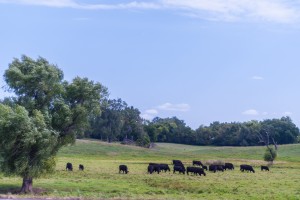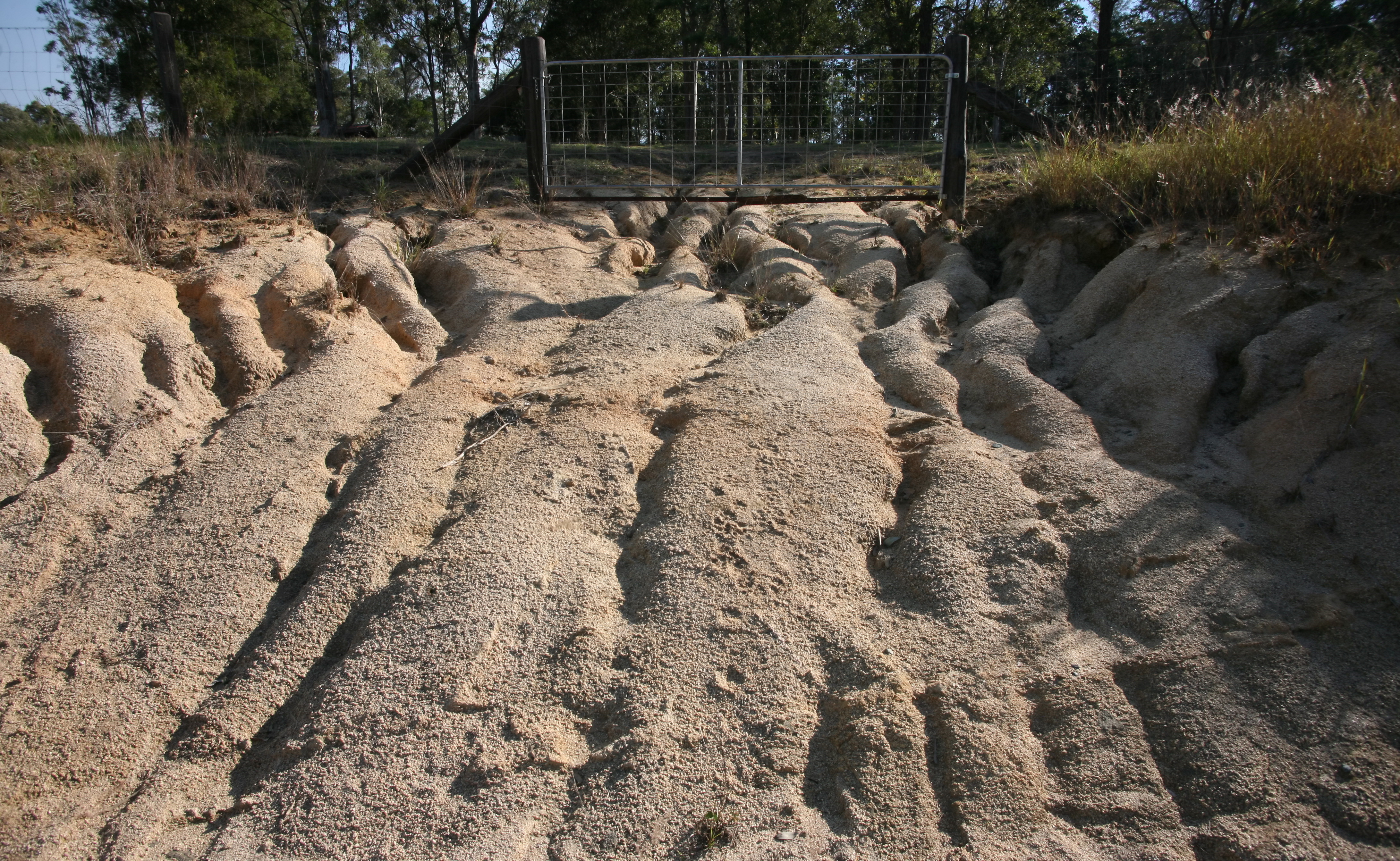If you are still not using the new ASTM standard for Phase I Environmental Site Assessments, E1527-13, now is the time to start. In just under one year the older standard, E1527-05, will not be considered “AAI Compliant” by the EPA. Furthermore, the SBA recently revised its policy to require the new standard.

In December of last year the EPA deemed both E1527-05 and -13 to be AAI compliant. However, on October 6, 2014, the EPA amended the All Appropriate Inquiries (AAI) rule to remove reference to ASTM E1527-05. This amendment was made to reduce confusion associated with reference to a standard no longer supported by ASTM. The new rule won’t take effect for one year so there’s no need to worry if you have recent or ongoing assessments based on the 2005 standard. The delayed effective date is intended to provide time to wrap up ongoing assessments. Going forward, all new AAI compliant assessments should be completed using the -13 standard.
Consistent with the EPA, the SBA revised its policy for lender and development company loan programs (SOP 50 10 5(G) ) as of October 1, 2014. The revised policy replaces references to the -05 standard with the -13 standard.
Of course you can continue to use the -05 standard (or any scope of work) for transactions where you’re not looking for the liability protection that comes with an AAI compliant assessment and the SBA is not involved. However, the -13 standard was developed for a reason. There are several advantages over the old standard including an emphasis on vapor assessment, file reviews, and use restrictions. I described these changes in an earlier blog.
Contact us with any questions and when you need a Phase I Environmental Site Assessment.
Blog post written by Jason Gold, P.E.

 The RIDEM recently published Guidelines for the
The RIDEM recently published Guidelines for the  After 25 years, the
After 25 years, the